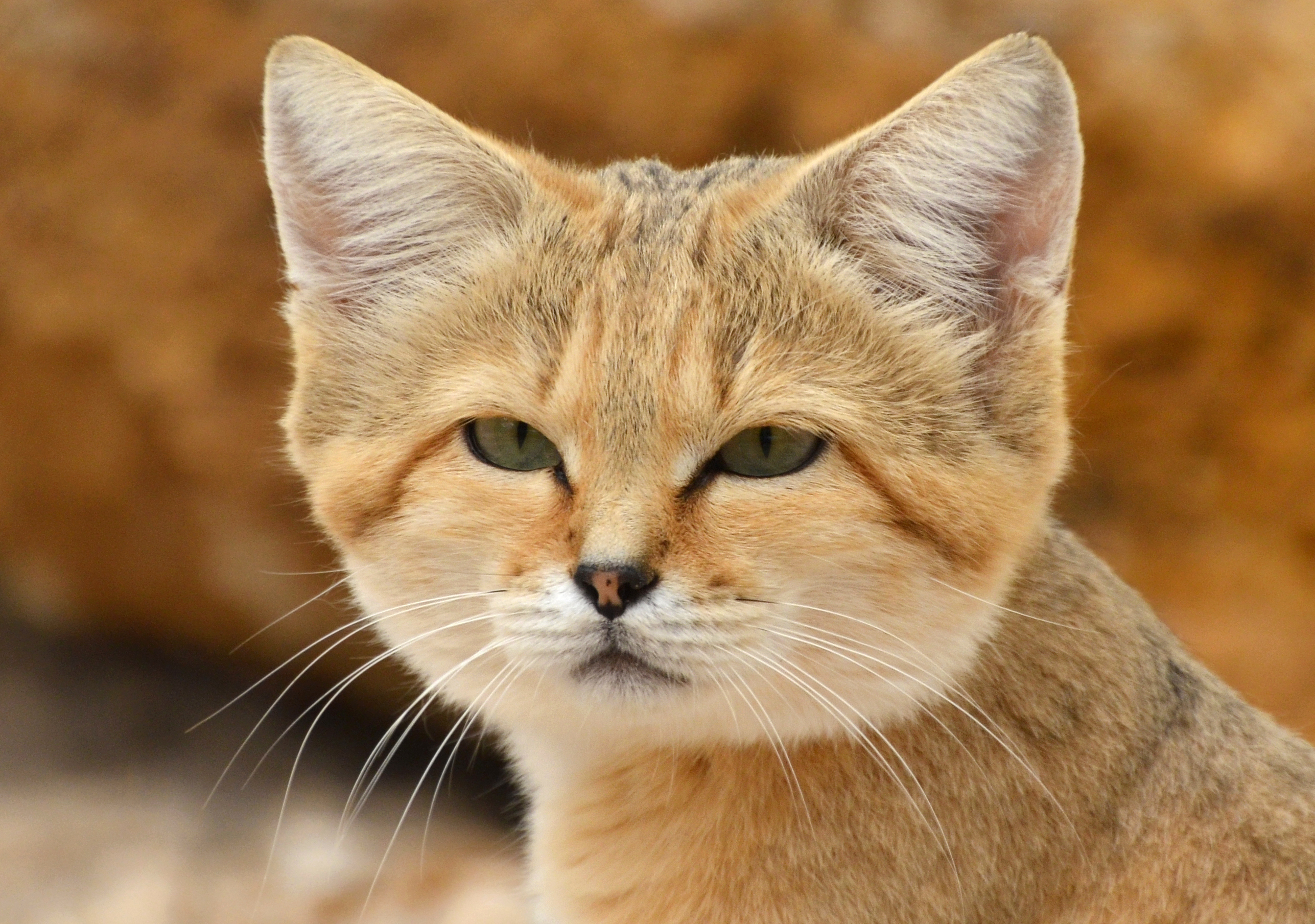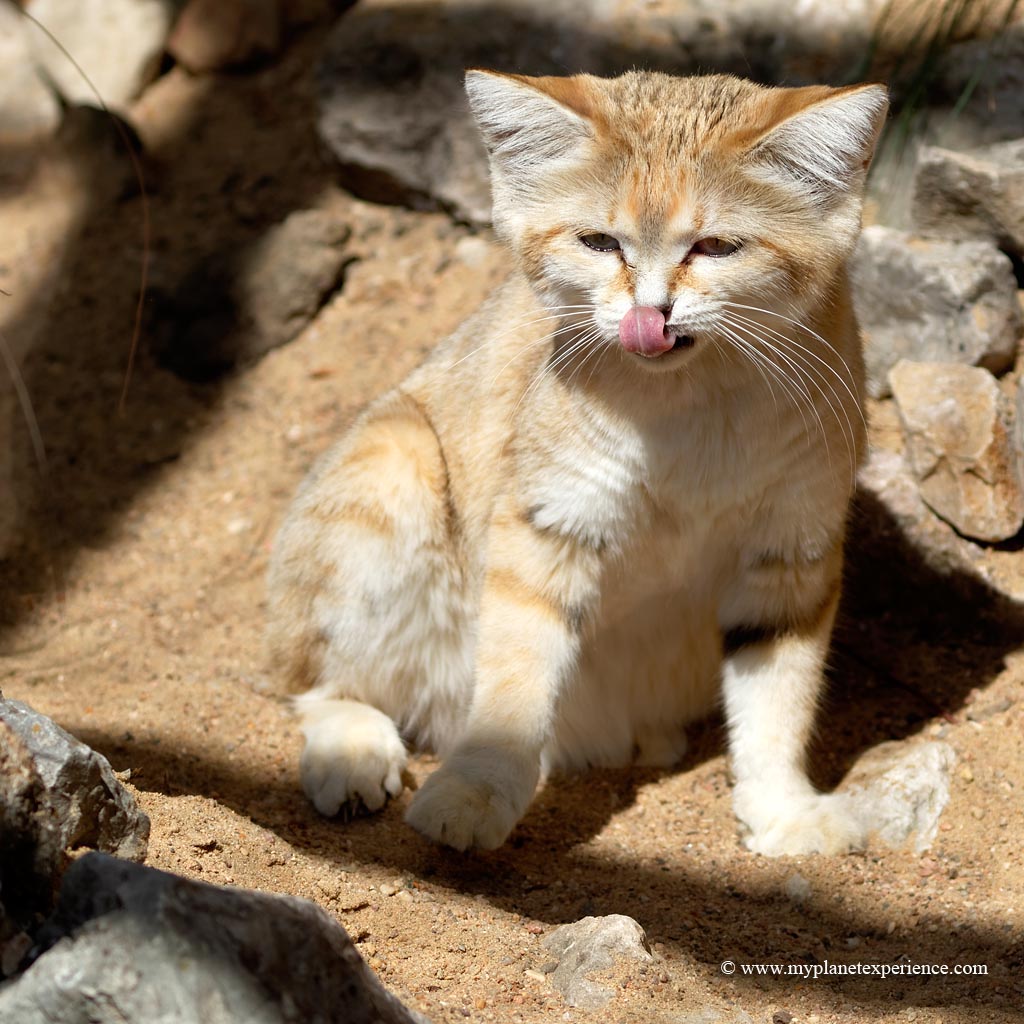Sand Cat Habitat And Food

Sand cats are found in both sandy and stony desert.
Sand cat habitat and food. Conditions are extreme in the desert and temperatures can reach 124º F during the day and 31º F at night. Up to 13 in captivity Ears. Sand cat is carnivore meat-eaters.
They are found near the patches of sparse vegetation that can support their prey species and the cats have special adaptations to survive in the extreme desert conditions. But it also appears to be present in smaller populations in central and southwest Asia. Wars and political strife harms the sand cat by harming its habitat.
Traps are set by people to kill foxes and wolves. Arabian Sand Cat Distribution Habitat and Ecology. The long legs of the stately serval allow it to make spectacular leaps into the air to catch birds in flight.
Sand cat hides leftovers of food in the sand. They are found in areas of sandy and stony desert. Farmers shepherd dogs sometimes kill sand cats.
The sand cat also known as the sand dune cat is a small wild cat that inhabits sandy and stony deserts far from water sources. The IUCN Red List has standardised habitat types globally and there is only one primary habitat type. The study animal was a single captive born adult sand cat male in Parken Zoo in Eskilstuna Sweden.
The sand cat of North Africa and the Middle East survives in a land with very little water by hunting at night and sleeping and keeping cool during the day. They are found in very arid habitats with little to no vegetation. Sand cats live in temperatures that sometimes rise to more than 40C 104F.


















